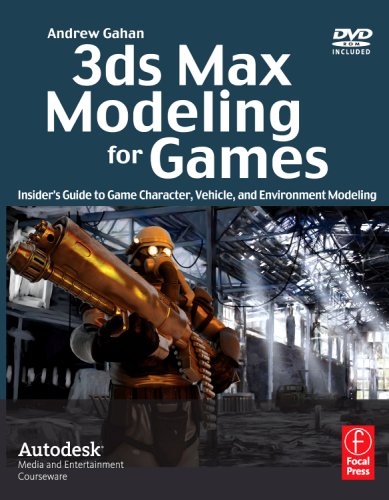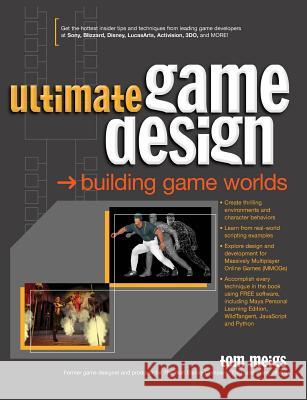Here are some initial concepts as to how different models will look in my scene.
The first sketch is of an Inn. The colours of it will consist of a dark brown for the wood trim around the house, with the walls being a more subtle colour of possibly peach or light yellow. The roof will also be a similar colour to the wood trim but with a slight hint of red.
The second sketch is of a Smithy, which will have the same colours as the Inn to follow the buildings theme.
Next, is the house, which will be slightly modified when made into a model, just to make them different from each other but without remaking a whole other house.
Again, the colours will have the same consistency as the previous two models, again, to maintain the theme.
The town square will also have a few market stalls dotted around selling different goods. Just like the houses, once made, they will be slightly adapted to whatever it is they're selling so they won't all look the same. The top part of the stall will have a red and white striped theme, with everything else being brown as it's all wood. (Except the bottles!)
Little models that will also fill the scene will be such things as buckets, barrels, crates, sandbags and lamp posts. This will give the town a more 'lived-in' feel, and give the town more depth and detail.
The final sketch is of a cart, which can be filled with all sorts of other models, and again, adding this to the scene will give the game more realism and atmosphere. Colours will mostly be brown, again, because its entirely made from wood.
More Designs for Buildings
This house could either be a simple house that village folk would live in, or it could perhaps be a house for a Blacksmith, with their forge, tools, and equipment in a small area beside it. This house also an 'awning' around 50% of the house not only to act as a decorative feature, but also for protection of items from the rain.
Another idea for a house, that would fit more as a 'basic house' than the last idea since it's much smaller. This house would consist of a few rooms, with only two on the second floor, three on the bottom.
The final sketch is of a building that could be used as a Pub/Inn. This building contains many rooms, upstairs and down, with a large room on the right-hand side possibly where the 'pub' type section could go, with the rooms for staying in on the left-hand side.







 Following the rule of Charlemagne, Christianity spread throughout Europe which served as a unifying force for the continent. This was in part due to the Great Schism of 1054 where two competing religious authorities, Pope Leo IX of the Roman Catholic Church, and Patriarch Michael I of the Eastern Orthodox faith, excommunicated each other in a dispute over authority.
Following the rule of Charlemagne, Christianity spread throughout Europe which served as a unifying force for the continent. This was in part due to the Great Schism of 1054 where two competing religious authorities, Pope Leo IX of the Roman Catholic Church, and Patriarch Michael I of the Eastern Orthodox faith, excommunicated each other in a dispute over authority.  While tens of thousands died in the Crusades, Europeans were enlightened to many new technologies and developed many new trade routes. Improvements in navigation were discovered and new items such as silk, gunpowder and navigation aids were introduced. As a result of this, the Age of Exploration was possible.
While tens of thousands died in the Crusades, Europeans were enlightened to many new technologies and developed many new trade routes. Improvements in navigation were discovered and new items such as silk, gunpowder and navigation aids were introduced. As a result of this, the Age of Exploration was possible. 























